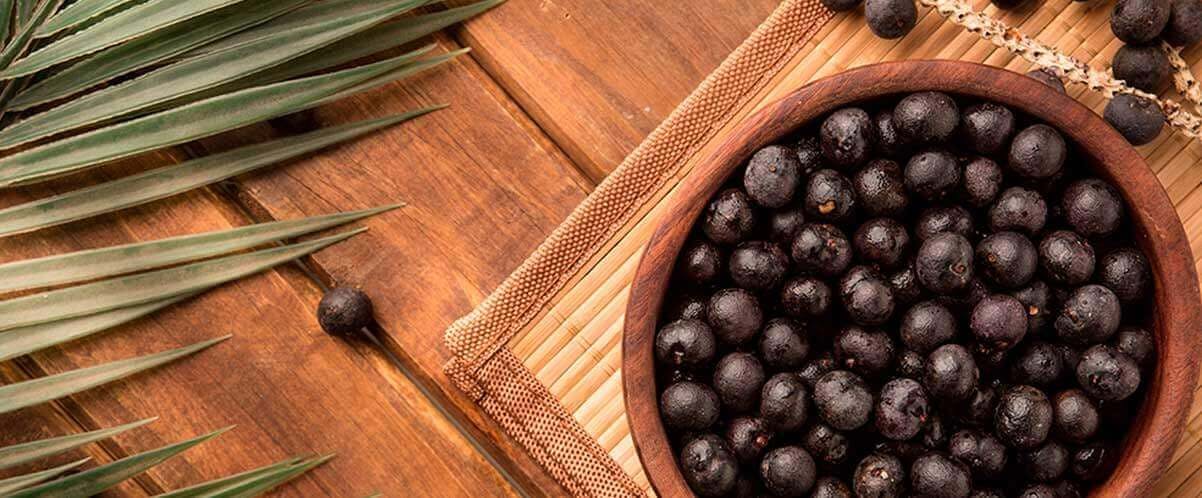Antioxidants protect our body!

Do we even know what antioxidants are?
First, to understand the importance of antioxidants, we have to understand what free radicals are.
Free radicals are oxygen atoms produced by our body. They are very unstable and therefore quickly associated with other atoms, causing the cells to oxidize and, as a result, age.
Our body produces free radicals naturally, but there are many other external factors that cause their production, such as pollution, chemical exposure, tobacco, sun exposure (ultraviolet rays), stress and an unbalanced diet.
And how can you neutralize free radicals?
Free radicals can be neutralized through antioxidants, which are molecules capable of inhibiting the oxidation of other molecules.
Antioxidants can be synthesized by the body as well as acquired naturally.
In this sense, we should look for foods rich in antioxidants, which protect us from free radicals. Antioxidants are measured in ORAC values. The ORAC value (Oxygen Radical Absorbance Capacity) measures the antioxidant capacity of food and the neutralization of free radicals.
Did you know that açaí is the fruit with the highest antioxidant content?
According to the study* by the U.S. Department of Agriculture – Agricultural Research Service, açaí has an ORAC 17 times higher than blueberries and 83 times higher than grapes.
Anthocyanin, responsible for the purple pigmentation of açaí, is probably the main factor that makes açaí a fruit with an enormous antioxidant capacity.
In addition to açaí, there are other fruits and vegetables with ORAC value such as goji, black grapes, blueberries, cherries, plums, raspberries, strawberries, kale, spinach and beets.
In this sense, try to have a balanced diet with fruits and vegetables, exercise and sleep well.
We leave here a suggestion for a nutritious meal. Prepare a glass of açaí with red fruits and enjoy. As a result, you will have an excellent boost of antioxidants in your body so that you can naturally fight cell oxidation.
*USDA Database for the Oxygen Radical Absorbance Capacity (ORAC) of Selected Foods, Release 2 Prepared by David B. Haytowitz and Seema Bhagwat Nutrient Data Laboratory Beltsville Human Nutrition Research Center (BHNRC) Agricultural Research Service (ARS) U.S. Department of Agriculture (USDA), May 2010.